Shop Menu
🚀 5% OFF Your First Order. Use Code FIRSTORDER5 🚀
Everything there is to know about tension (the ratchet strap kind)
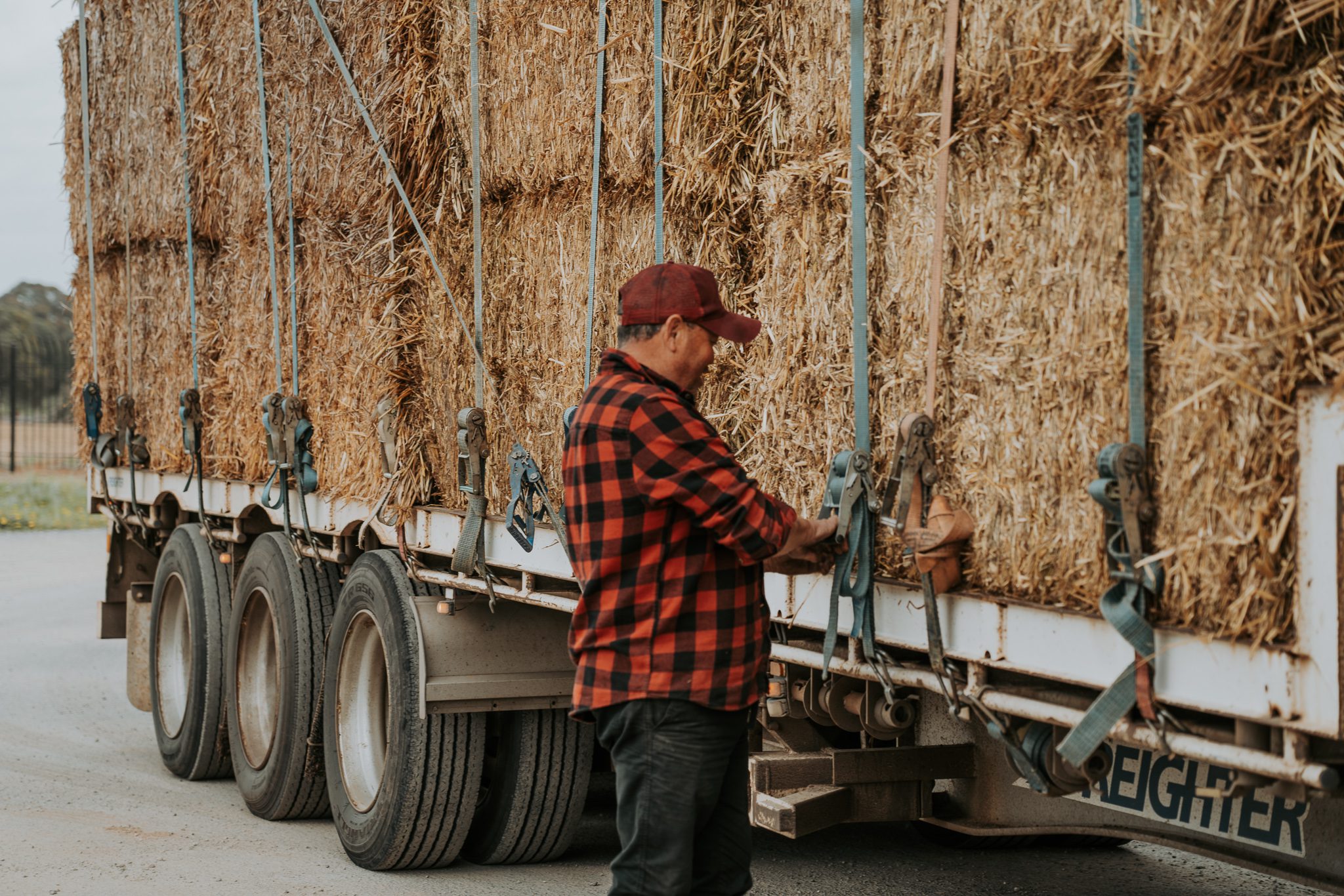
What is pre-tension and why is it important?
Pre-tension is the force in the lashing provided by a mechanical tensioner. It is measured in kilograms of force (kgf).
When using the tie-down load restraint method understanding the difference between pre-tension and lashing capacity is critical when designing a load restraint system that’s safe, compliant, and appropriate.
The tie-down restraint method relies on friction to stop the load moving forwards, sideways or backwards. The clamping force created by lashing pre-tension increases the friction.
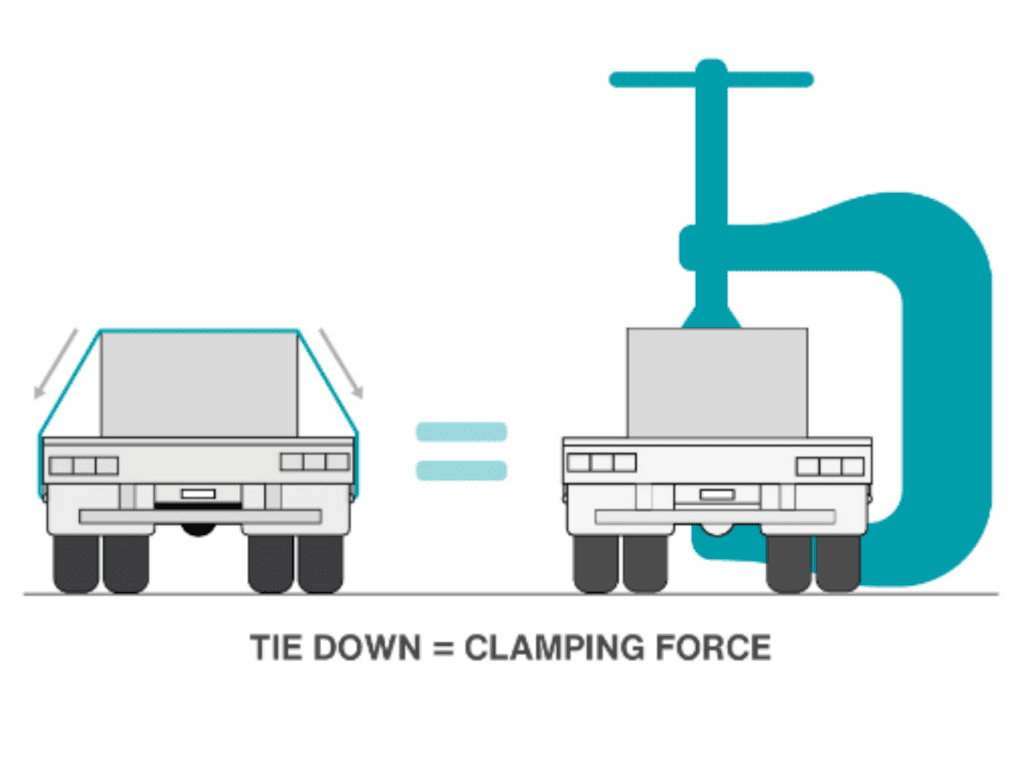
Examples of average pre-tension
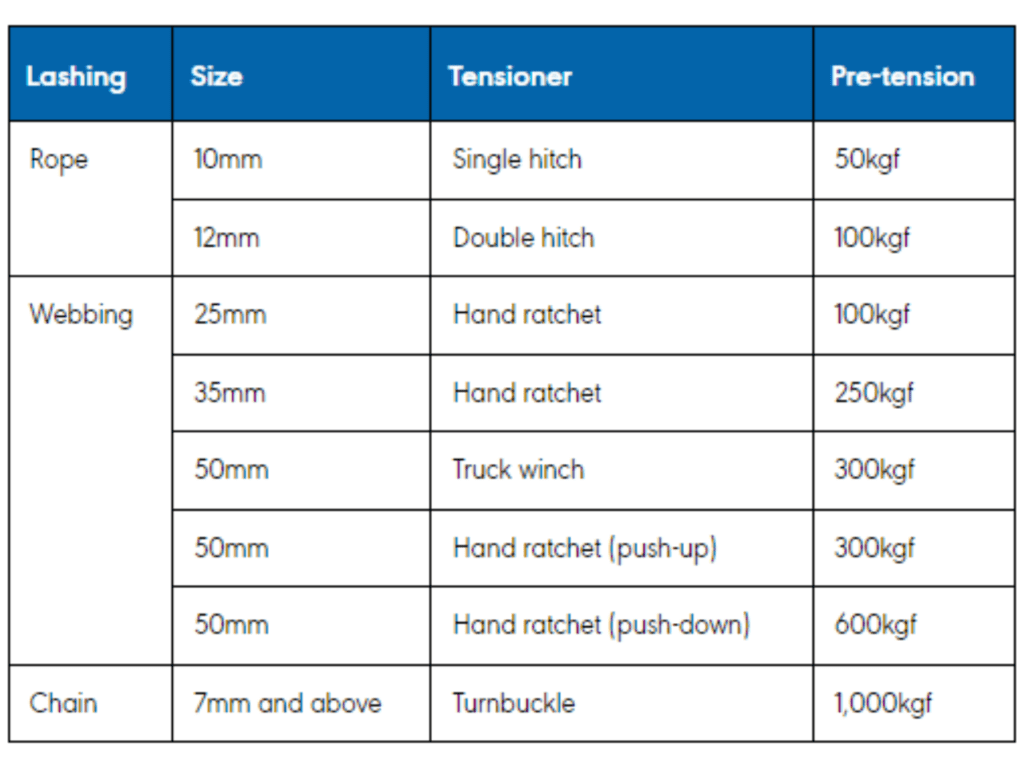
are all tensioners rated the same?
No, for example, a 50mm push-up type hand ratchet will achieve an average pre-tension of 300kgf and a 50mm pull-down type ratchet will achieve an average pretension of 600kgf. These are just average figures listed in the load restraint guide but some devices may have more or less.
Some 50mm ratchets are high-pre-tension ratchets and can achieve up to 750kgf.
Note: the amount of pre-tension achieved through the various tensioning devices is dependent on the person’s physical attributes.
Is the pre-tension rating displayed on the tensioner?
No, many tensioners list the lashing capacity but not the pre-tension. You may need to contact the manufacturer to confirm the pre-tension capability if the information is unavailable on the packaging or online.
The Australian Standard AS/NZS-4380 only requires displaying the lashing capacity, not the pre-tension.
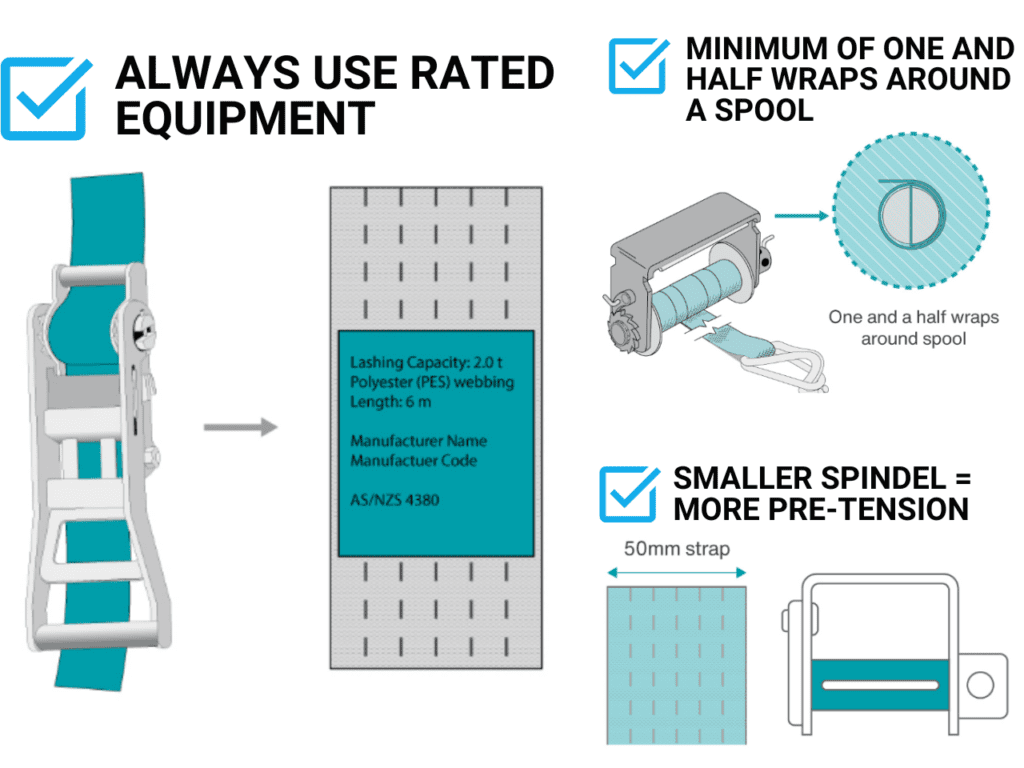
Does the lashing angle affect pre-tension?
Yes, the more a lashing is angled away from the load, the less the clamping force. This is called the angle effect.
The lower the lashing angle, the more lashings are required to give the same clamping force. Tie-down lashings are most effective if they are vertical and tight. One strap at 90° is equivalent to four straps at 15°.
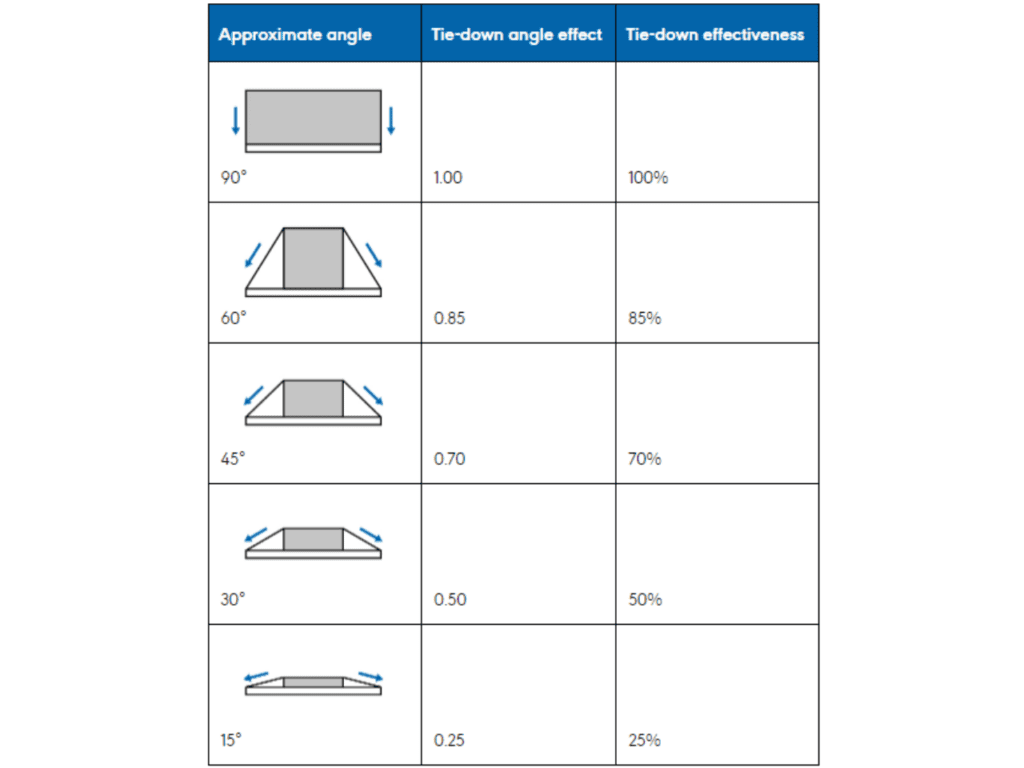
case study
A heavy vehicle was loaded with a 5-tonne sandstone block.
If this 5-tonne block shifts during transport it can cause vehicle instability. If it falls off the heavy vehicle it could cause serious injury or death to other road users and damage to road infrastructure.
The restraint system only had two 750kgf tensioners providing around half the pre-tension needed to meet the loading performance standards and safely secure the load.
Remember pre-tension is different to lashing capacity.
These devices typically have a lashing capacity of 5-tonne each but the tensioner is only capable of 750kgf pre-tension as specified by the manufacturer.
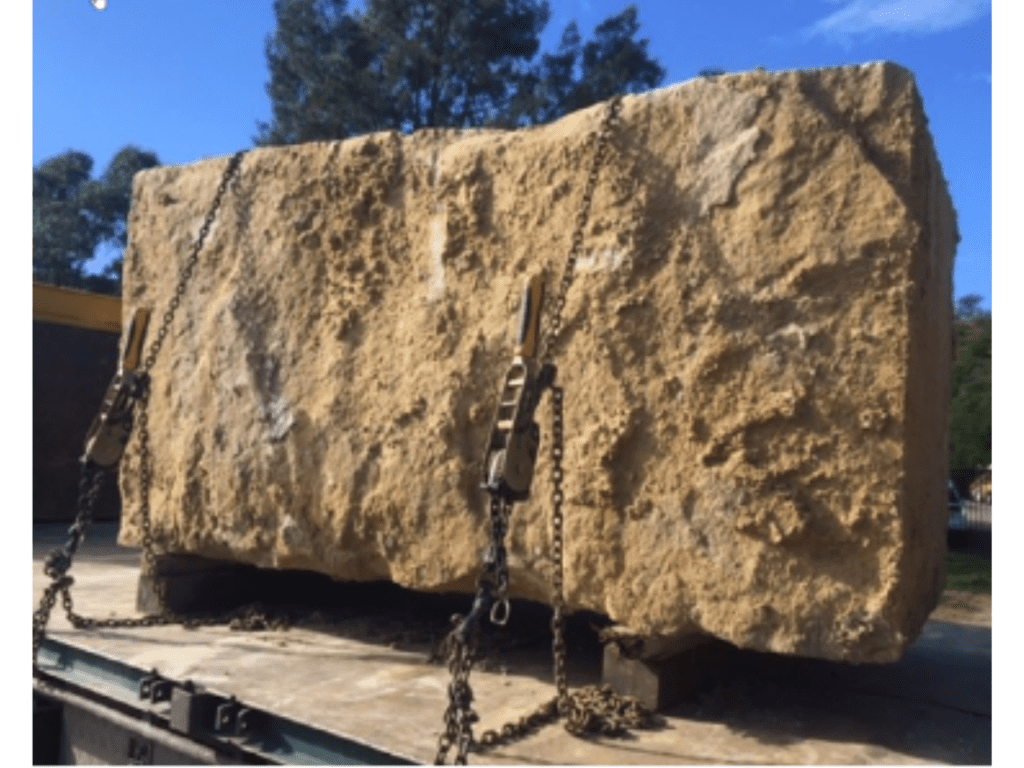
Regarding page 270 of the load restraint guide:
- Pre-tension – 750kgf max (manufacturer rating)
- Not blocked – 0.8g forward restraint (loading performance standard required)
- Medium friction – 0.4µ smooth steel on timber
- Lashing angle – around 75°.
The load restraint system in the picture is compliant for 2.8t maximum.
To better secure this load about pre-tension you could try:
- Adding more tensioners thus increasing friction
- Using tensioners with a higher pre-tension rating
- Blocking the load.
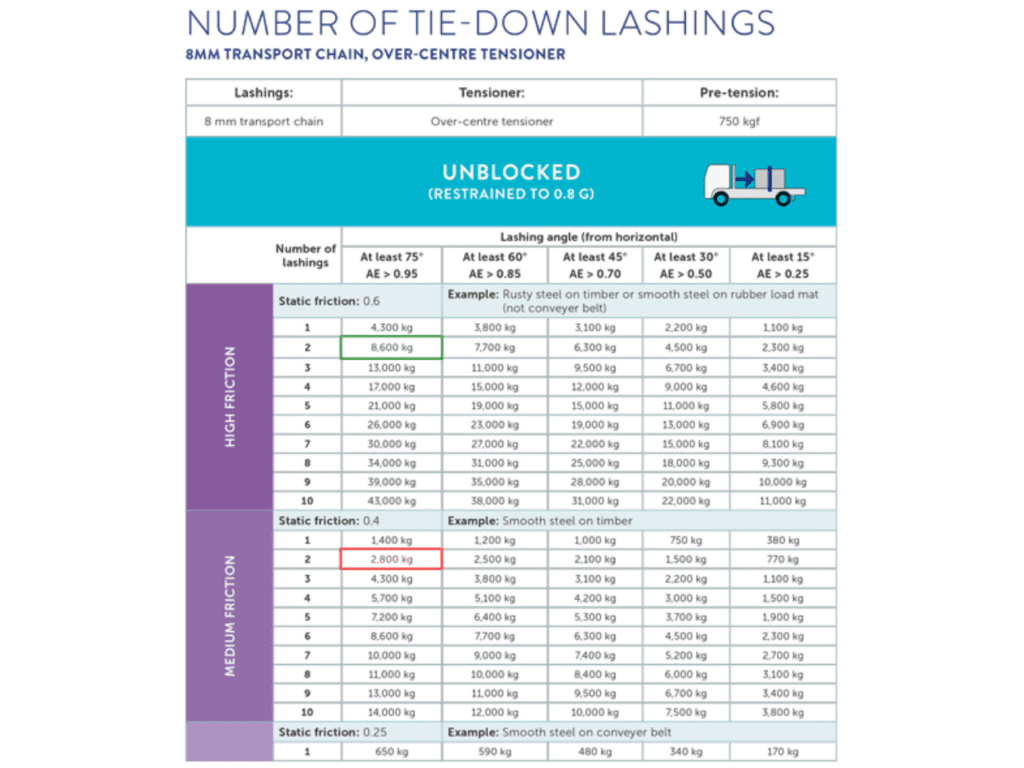
Browse Blue Tongue Load restraints
Download the Pre-tension Poster
Article Credit – NHVR
